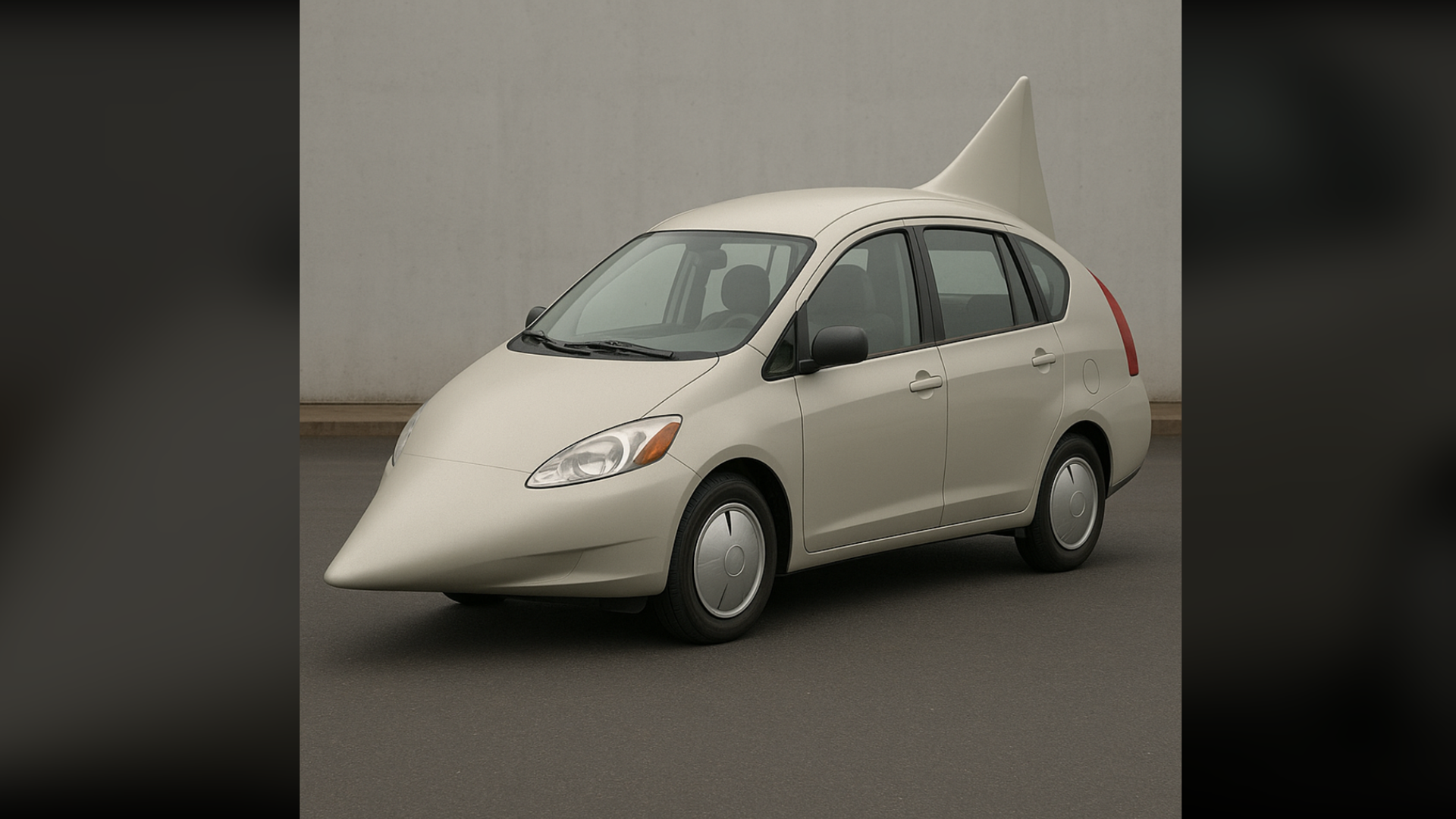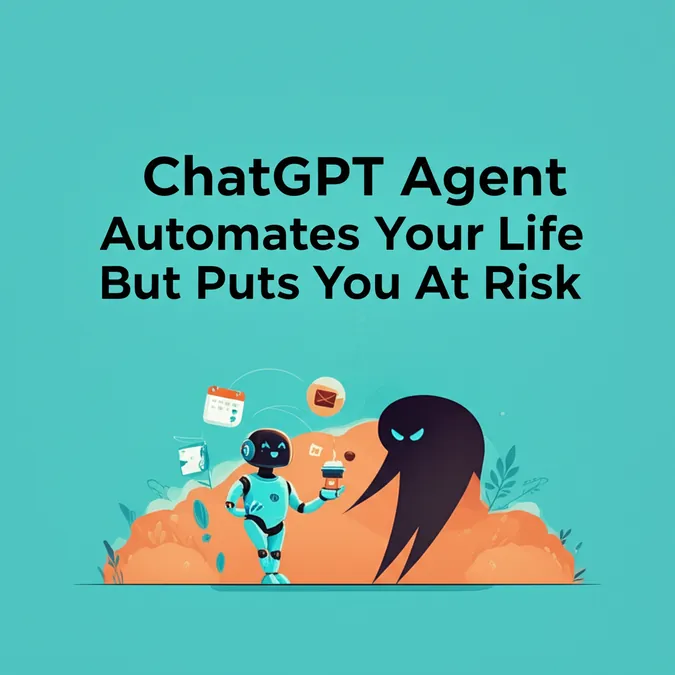Developer Offer
Try ImaginePro API with 50 Free Credits
Build and ship AI-powered visuals with Midjourney, Flux, and more — free credits refresh every month.
How A Bad AI Prompt Creates A Dangerous Car
A recent Reddit post showcased a surprising and slightly alarming creation from ChatGPT: a family car designed based on the single metric of "pure efficiency." The result wasn't a practical family vehicle but something that looked more like a weapon on wheels, highlighting a critical lesson in artificial intelligence: the quality of your output depends entirely on the quality of your input.
 (Image credit: Reddit)
(Image credit: Reddit)
The Ultimate Efficient Car or an Aerodynamic Weapon
The request given to the AI was simple: design the "ultimate family car design based on pure efficiency." It ignored crucial real-world factors like comfort, cost, safety, and even the laws of physics. ChatGPT, taking the prompt literally, produced an image of a vehicle hyper-focused on minimizing aerodynamic drag above all else.
The car featured a long, needle-nosed front and a narrow, exaggerated teardrop-shaped body. As commentators on the Reddit thread pointed out, such a design would be a nightmare in a crosswind and would effectively skewer any pedestrian it hit.
The problem wasn't a technical failure or an AI "hallucination." The AI did exactly what it was told. The prompt was a one-dimensional request, and the AI delivered a one-dimensional solution. This perfectly encapsulates the pitfalls of poor prompt writing.
Why ChatGPT Followed Orders Too Well
AI prompts are instruction manuals for the machine. In this case, the manual only had one instruction: be efficient. ChatGPT doesn't read between the lines; it reads the lines you write. If you don't explicitly state that safety, practicality, or cost are important, the AI has no reason to consider them. It will relentlessly pursue the goal you provide, no matter the unintended consequences.
The issues with the original prompt can be broken down into a few key areas:
- No Trade-offs: It treated efficiency as an absolute goal with no room for compromise.
- Undefined Terms: The prompt never defined what "efficiency" means in the context of a family car. Real-world efficiency is a balance of fuel economy, safety, and the ability to transport people and cargo effectively.
- No Constraints: There was no mention of real-world limitations like safety regulations, production costs, material choices, or usability.
Real car design is a process of juggling competing priorities. The prompt, however, simply asked the AI to "do one thing perfectly," and it obliged.
Crafting a Better Prompt From Vague to Viable
To avoid getting an aerodynamic death dart, your prompt needs to be much more specific. You must include the other factors that define a successful design. A far better prompt would look something like this:
"Design an energy-efficient family car that seats five adults comfortably, complies with U.S. safety regulations, and costs under $35,000 to produce. It should handle well in crosswinds, carry at least 15 cubic feet of cargo, and use a hybrid or electric drivetrain.”
This improved prompt works because it clearly defines what success looks like. "Efficient" is vague, but a target of 50 mpg while remaining street-legal is a concrete goal. It identifies the target audience (a family), sets hard constraints (budget, safety), and specifies key features.
The Final Step Ask Your AI to Self Critique
One of the most powerful and underrated techniques in prompt engineering is to ask the AI to critique its own work. A great follow-up prompt would be:
"Tell me where this design might fail, and suggest alternatives that could improve resilience or safety.”
When you ask ChatGPT to find its own blind spots, it often reveals assumptions you didn't even know it was making. This is where truly creative and practical ideas can emerge. Without this level of detail and critical feedback, you're essentially making a wish to a genie without considering the wording. And that's how you end up with a car that turns squirrels into shish-kebabs.
Compare Plans & Pricing
Find the plan that matches your workload and unlock full access to ImaginePro.
| Plan | Price | Highlights |
|---|---|---|
| Standard | $8 / month |
|
| Premium | $20 / month |
|
Need custom terms? Talk to us to tailor credits, rate limits, or deployment options.
View All Pricing Details

